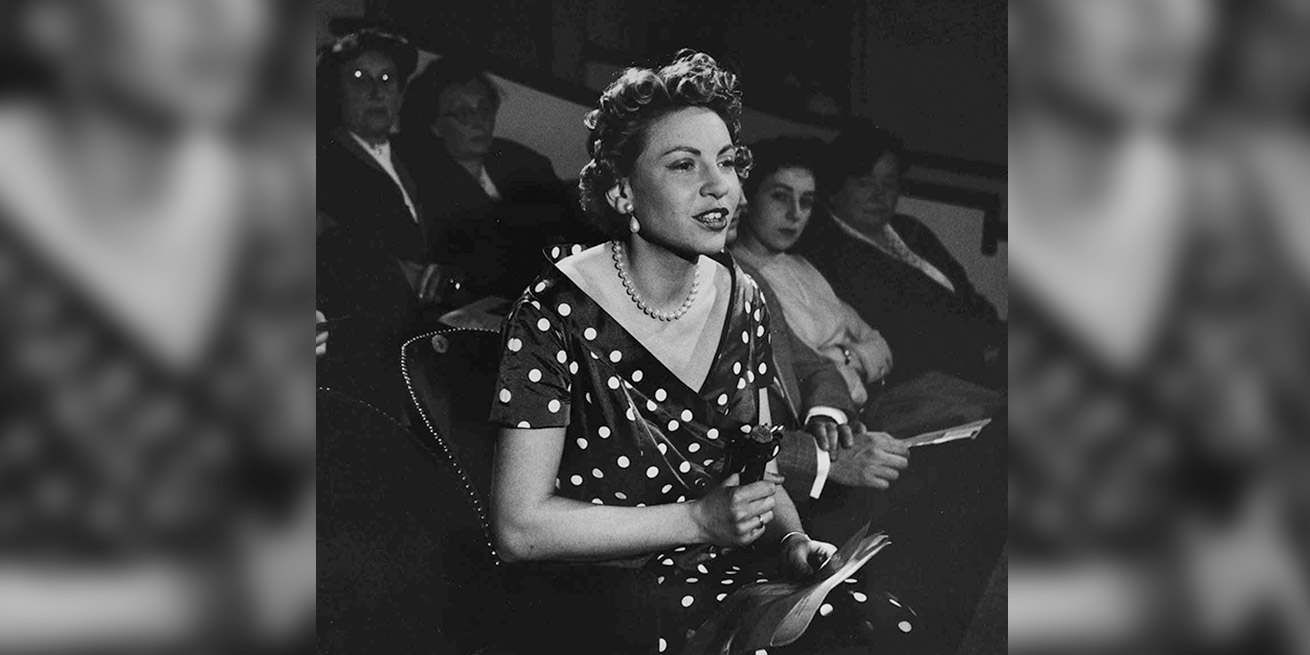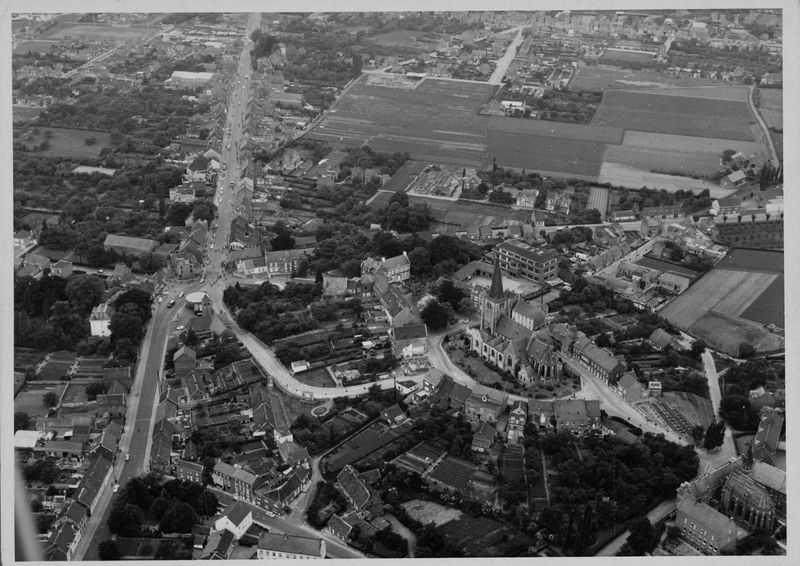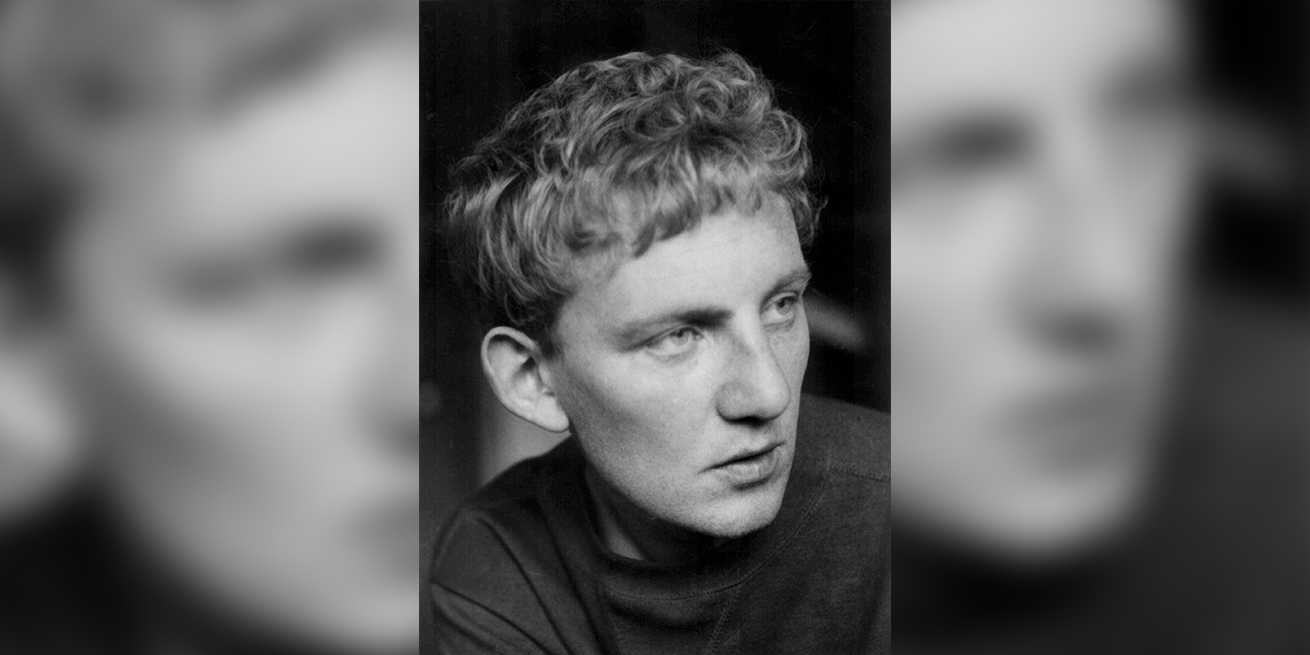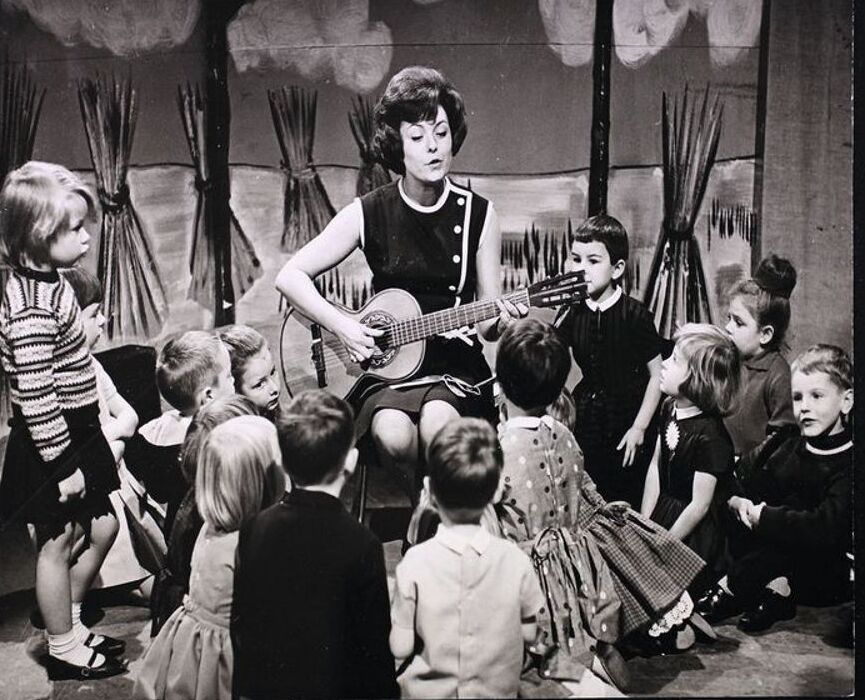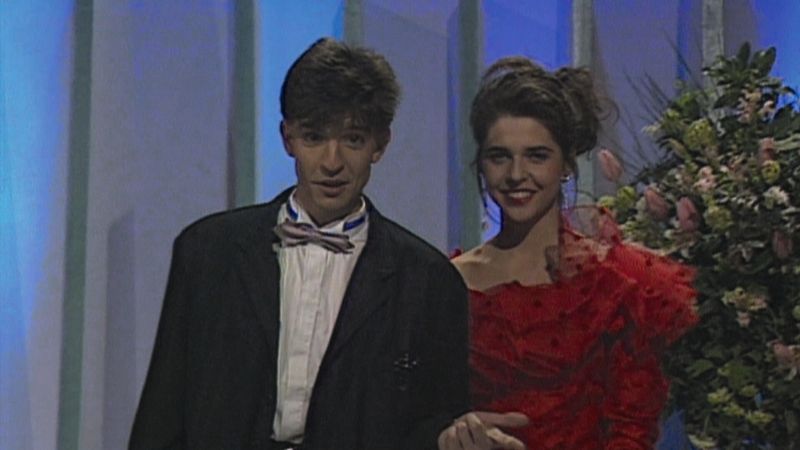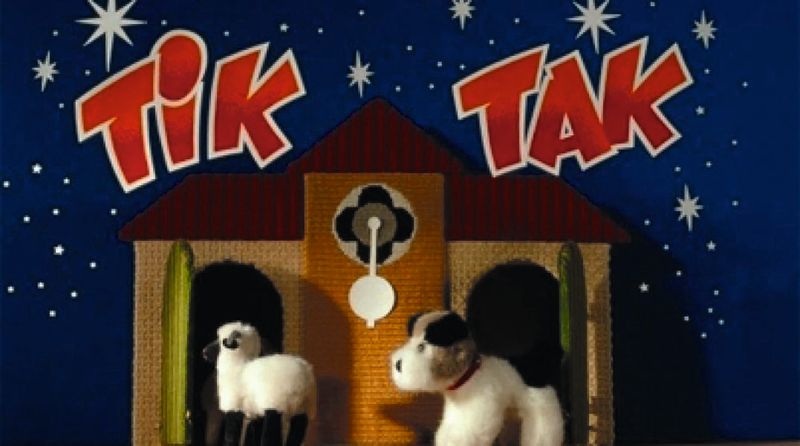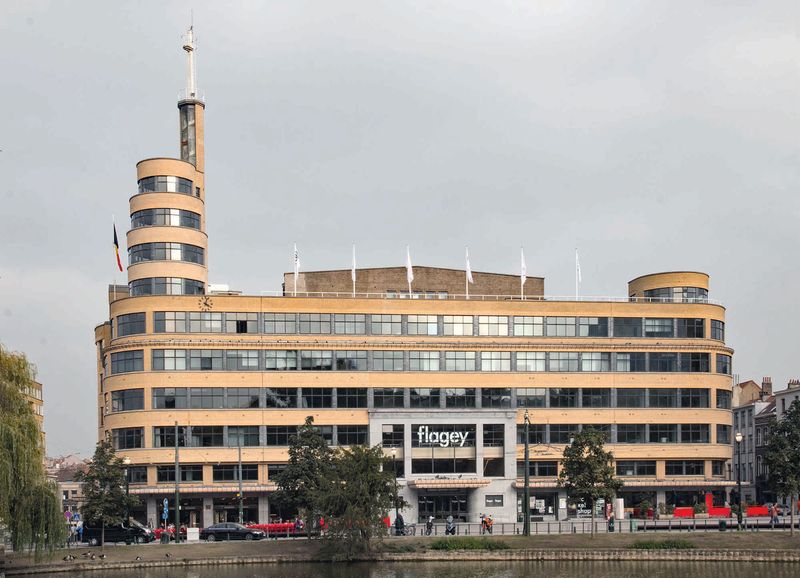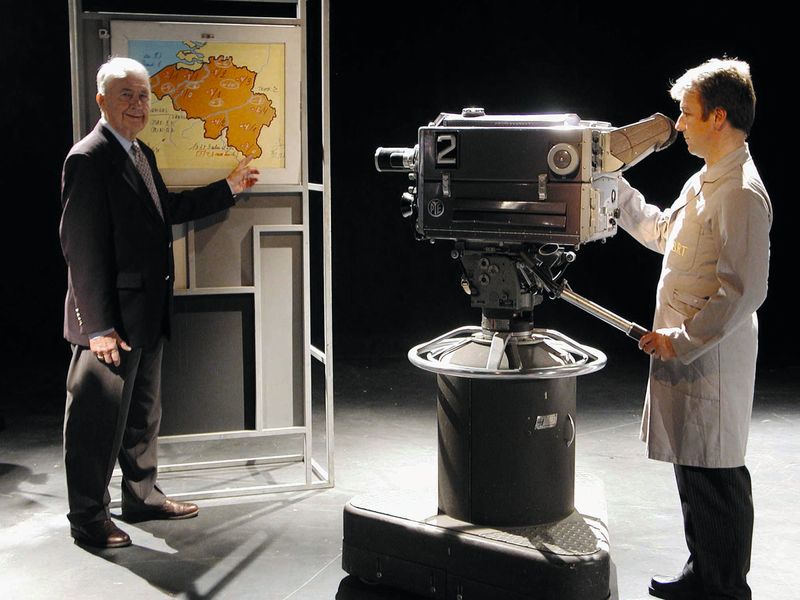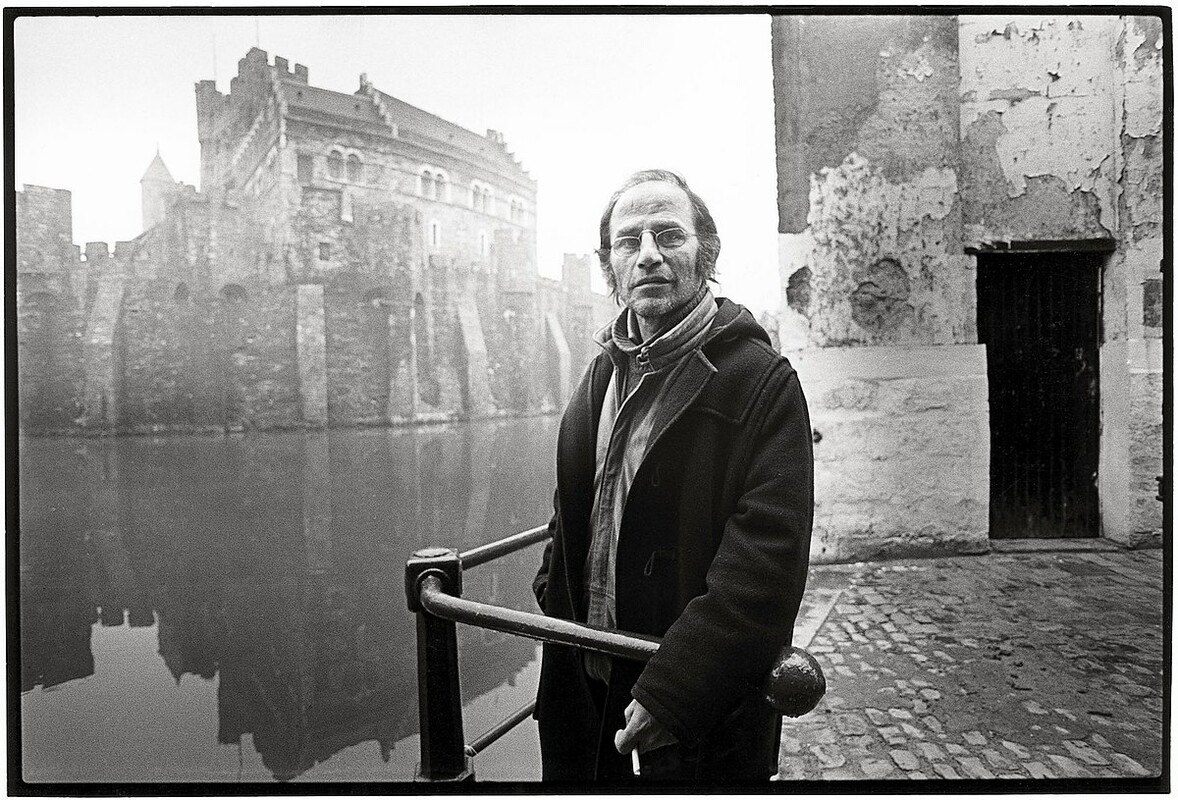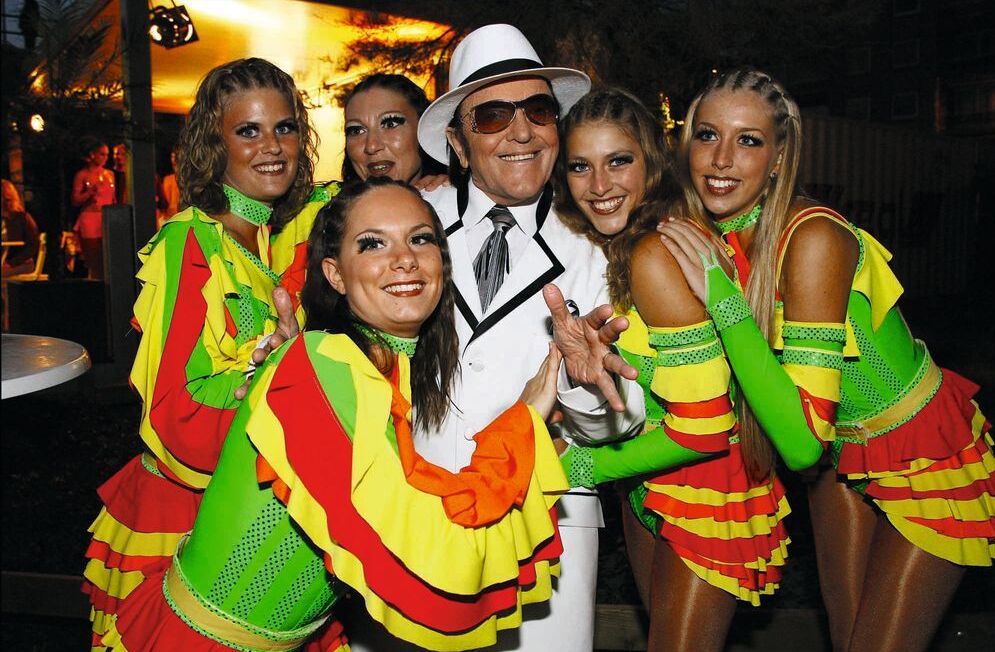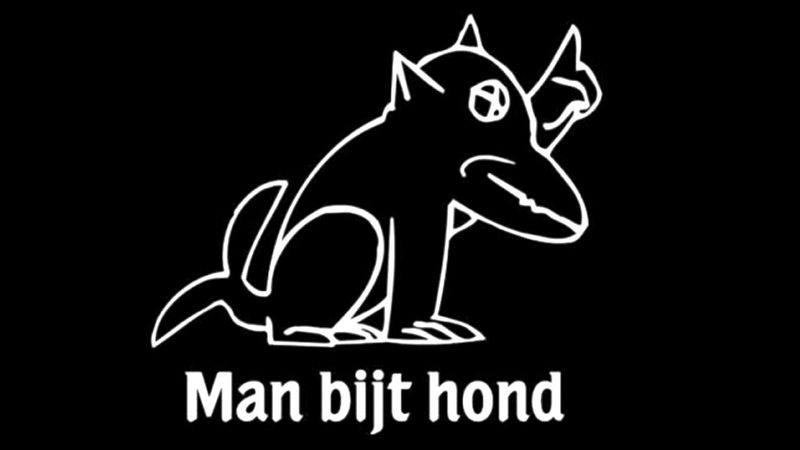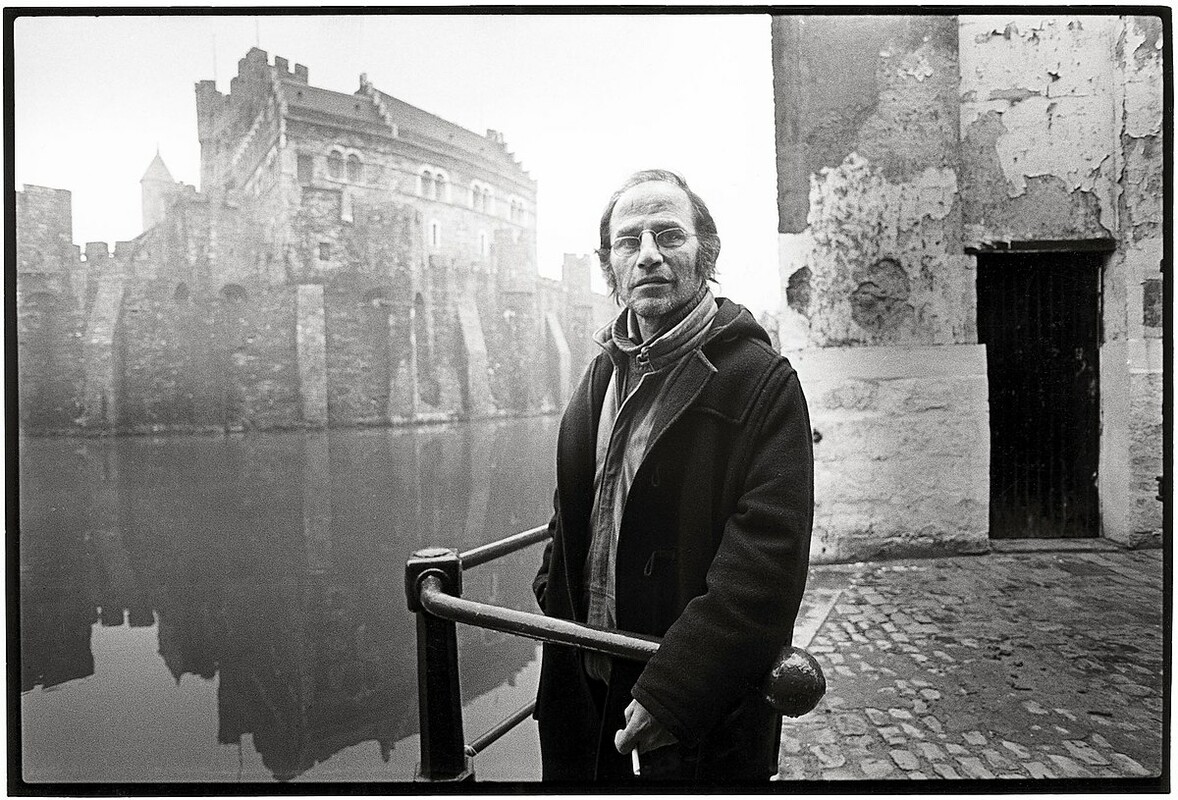Paula Sémer
Television as a Window on the World
On Saturday 31 October 1953 a few hundred families watched the very first Flemish television broadcast. The news and weather forecast were followed by Drie dozijn rode rozen (Three Dozen Red Roses), a comedy with Paula Sémer. The young actress went on to become a familiar face on television and many people’s regular housemate.
Paula Sémer began her broadcasting career in 1944 on the radio, as a presenter and as an actress in radio plays. Shortly after the launch of television she presented, together with Bob Davidse, Kom toch eens kijken (Come and See), the first programme especially for children. Later she became the face of programmes for and by women.
In 1964 Sémer, in her programme Penelope, showed explicit footage of a childbirth. That caused a good deal of commotion. Sémer quite often spoke out on socially relevant themes. Subjects like sexuality, breast cancer and contraception were also taken out of the taboo sphere. Behind the scenes too she kept fighting for the emancipation of women. Years before #metoo she spoke openly about sexism and inappropriate intimacy in the television world.
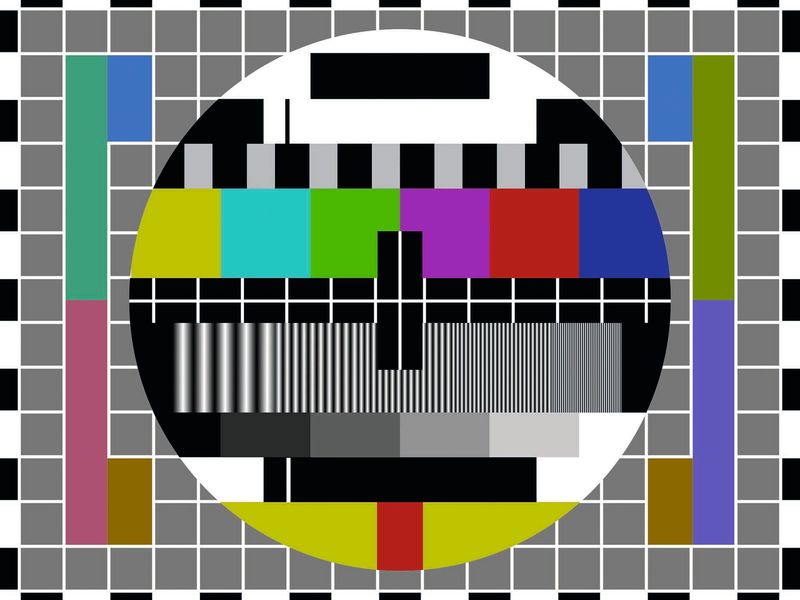
Brussels, VRT
In the early years, channels broadcast for only a few hours a day. For the rest of the time viewers had to make do with a test image.
Television as a Window on the World
In the 1960s and 1970s television sets occupied a prominent place in more and more living rooms. The new medium changed people’s view of the world. Suddenly pictures brought up-to-date news – apparently – unfiltered into their homes. For example, viewers saw shocking reportages from Vietnam, the first war to be covered daily on the TV news. Those images contributed to worldwide protests against the conflict, also in Flanders.
Besides an important source of news, watching television became a favourite pastime for many Flemings. For the latter they tuned in in their thousands in the 1960s and 1970s to Netherlands-based channels. A whole generation of children grew up with the Dutch Fabeltjeskrant (Fable Paper). Flemish public television was itself a pioneer with youth magazines like Kapitein Zeppos, which were also successful abroad. Grown-ups on the other hand, went for the many shows and quiz programmes on the Netherlands-based channels.
Television had the power to tie viewers emotionally to people or events. Hence the medium gained a powerful community-shaping function. For example, Flemings adopted expressions from popular TV programmes, like the phrase ‘’Zal ‘t gaan ja!’ (What are you doing!) from the sitcom F.C. De Kampioenen. The intense attention given to sporting contests also created involvement. In televising cycle races Flemish public broadcasting was also a pioneer.
Focal points
Discover more on this topic
Non-fiction
Blijven kijken! Vijftig jaar televisie in Vlaanderen
Lannoo, 2003.
De golden Sixties: hoe het dagelijks leven in België veranderde tussen 1958-1973
Manteau, 2022.
Publieke televisie in Vlaanderen. Een geschiedenis
Academia Press, 2007.
De magie van radio en televisie
Ludion, 1997.
Nieuws op televisie: televisiejournaals als venster op de wereld
Acco, 2005.
Lang leve de tv. 60 jaar televisie
Hannibal, 2013.
Het nieuwe tv-kijken: een positieve kijk op televisie in Vlaanderen: het model Vlaanderen Inc
LannooCampus, 2014.
Kinderen van Zeppos. De magische jeugdfeuilletons van de BRT
Standaard Uitgeverij, 2021.
Studio Tarara
Over de beginjaren van de commerciële televisie in Vlaanderen (2019)
